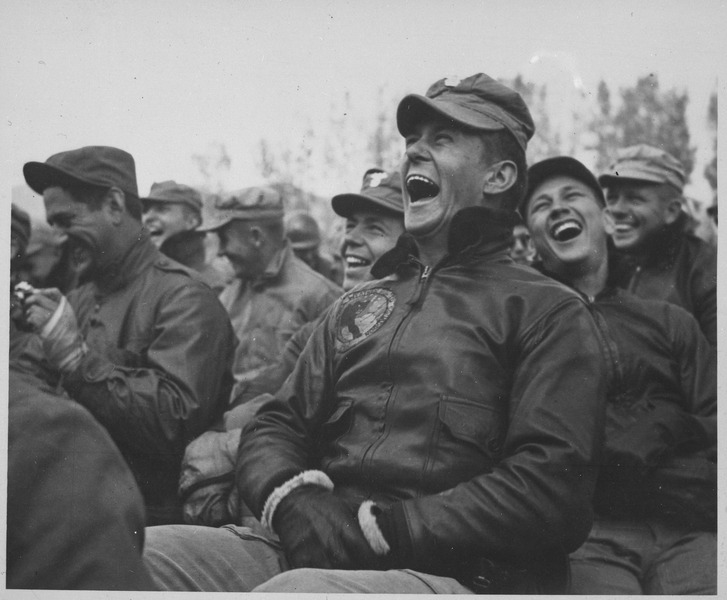
“The reality of war on a continental scale soon exposed the total inadequacy of Woolwich as manufacturer of guns and ammunition.”
By Phil Hamlyn Williams
THE BRITISH ARMY of August 1914 was small and lightly equipped. The Royal Navy was known as a the ‘senior service’ for good reason. The greater part of the country’s defence policy rested on the shoulders of the fleet; it ruled the waves. It was the job of the army to protect farther reaches of empire.
Britain’s land forces had little artillery, few machine guns, but a great many horses. Despite being small, the army was well trained. Indeed, it’s been said that the in the early days of the war, Germans mistook the sound of the rifle fire from the ‘Old Contemptibles’ for machine guns.
For three centuries, the Royal Arsenal at Woolwich equipped the army with all it needed to do its job. When something was required, the common refrain was simply ‘ask Woolwich.’ The Arsenal‘s main function though was to arm the navy’s warships and, certainly at the time of the Napoleonic Wars, to equip the forts that guarded Britain’s shores.

In the 19th century, Woolwich was modernised to keep pace with industrialization. It also oversaw small arms production at Enfield and explosives manufacture at Waltham Abbey.
Ordnance, in the context of the army, was, and indeed is, a term much broader that simply cannon. Through the office of the Master General of Ordnance, guns and ammunition were either provided by Woolwich or ordered from a select group of specialist suppliers including Vickers, Armstrong, the Coventry Ordnance Works, Beardmore and Hadfield. Alongside this, the Director of Ordnance and Equipment, responsible to the Quartermaster General, dealt with the procurement of uniforms, camp equipment, wagons, limbers etc. – essentially all needs except for food and fodder, which, together with transport, was the preserve of the Army Service Corps. In supply, Woolwich was helped by the small arms arsenal at Weedon in Northamptonshire and by the army clothing branch at Pimlico close to London’s Victoria station.

In the years following the Boer War, the needs of the army became more complex. A degree of centralisation within the remit of the Quartermaster General was seen as appropriate and the Army Ordnance Department was formed at the Woolwich Arsenal. It was comprised of officers with appropriate technical skills, particularly in the area of guns and ammunition. Inspectors of Ordnance Machinery were added to the department, transferred from the Royal Artillery. They became Ordnance Mechanical Engineers. In parallel with this, the other ranks, who dealt with stores other than food, were formed into an Army Ordnance Corps; to these men were added the Corps of Armourers and Armament Artificers.
Thus a loose organisation that comprised the AOD and AOC had within it the expertise to supply and repair guns and ammunition. It had men skilled in the repair and manufacture of equipment such as wooden wheels; most of the supplies used by fighting soldiers were brought to them on wagons. It had warehousemen who would supply anything from uniforms to horseshoes.
In a lecture given in 1916 Lt. Col. Tom Leahy encapsulated the Ordnance role in a nutshell very much of its time:
The Army Ordnance Department is, as regards supply of ammunition, guns, equipment, clothing and stores of all kinds, the William Whitely of the Army, and is a good deal more besides, as we shall see later on – for not only is the Department the Agency for the supply of all fighting equipment, but it is also responsible for the care, storage, maintenance, repair and salvage of this equipment.
In addition, therefore, to being the Universal Source of Supply, it is also the Universal Repairing Agency and Universal Salvage Department for the Army, as regards the whole of its fighting stores.

The reality of war on a continental scale soon exposed the total inadequacy of Woolwich as manufacturer of guns and ammunition. Over the next four years the manufacture and procurement of just about everything would be transformed under a Ministry of Munitions with the engagement of a great deal of British industry. The manpower of the Army Ordnance Corps would increase many fold and new depots added. Mistakes would be made, lessons learnt and some forgotten, which would cost dearly in the second worldwide conflict only a quarter of a century later.
 In my book, Ordnance: Equipping the British Army for the Great War, I look at the dramatic changes but also mistakes that were made in those four years. In my earlier volume War on Wheels, I tell of the giant strides that were made in creating supply services, most particularly mechanisation, fit for a global conflict.
In my book, Ordnance: Equipping the British Army for the Great War, I look at the dramatic changes but also mistakes that were made in those four years. In my earlier volume War on Wheels, I tell of the giant strides that were made in creating supply services, most particularly mechanisation, fit for a global conflict.
Phil Hamlyn Williams’ books are available from good bookshops, from his publisher The History Press and on his Amazon author page.









